MK Leung, Director for Sustainable Design at Ronald Lu & Partners (RLP), discusses how the government, the market and consumers influence sustainable design.
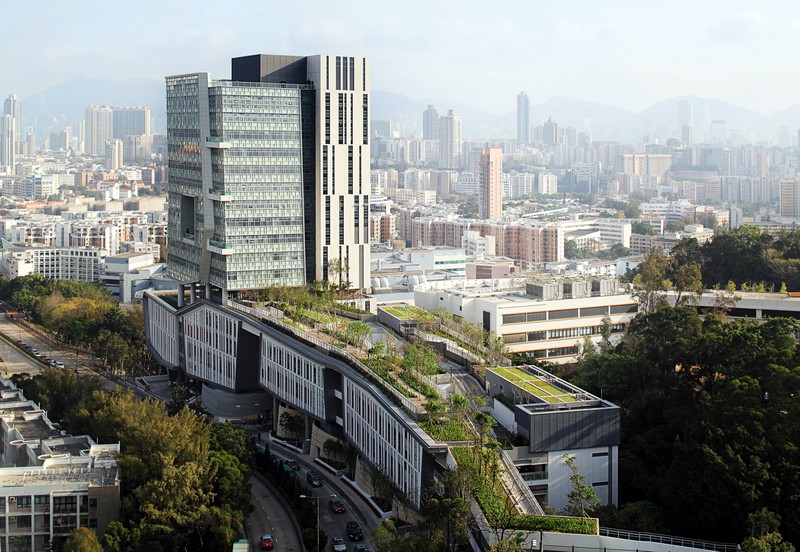 “As a company we do not have a written mandate for sustainability performance. We don’t do a sustainability report ourselves. But our chairman Dr. Ronald Lu laid it out very clearly that whatever we do we would leave a mark on society,” begins MK Leung, Director for Sustainable Design at Ronald Lu & Partners. “We do a lot of public buildings, and even for private developers there is a certain degree of public space for each project. So we’re responsible for that and for improvements for society. That’s the foundation.”
“As a company we do not have a written mandate for sustainability performance. We don’t do a sustainability report ourselves. But our chairman Dr. Ronald Lu laid it out very clearly that whatever we do we would leave a mark on society,” begins MK Leung, Director for Sustainable Design at Ronald Lu & Partners. “We do a lot of public buildings, and even for private developers there is a certain degree of public space for each project. So we’re responsible for that and for improvements for society. That’s the foundation.”
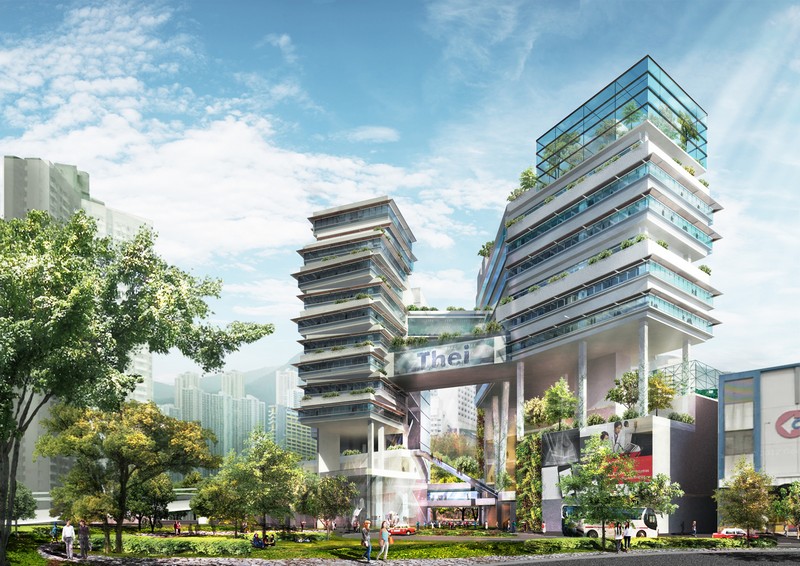 The foundation he’s referring to is the one that has made Ronald Lu & Partners an architectural vanguard in Hong Kong for nearly 40 years. As the movement to sustainable development has gained traction the number of firms that incorporate it in their work has mushroomed. Leung is picking up where KS Wong left off when he was appointed Secretary for the Environment last year.
The foundation he’s referring to is the one that has made Ronald Lu & Partners an architectural vanguard in Hong Kong for nearly 40 years. As the movement to sustainable development has gained traction the number of firms that incorporate it in their work has mushroomed. Leung is picking up where KS Wong left off when he was appointed Secretary for the Environment last year.
Sustainable design can be fluid (green design doesn’t work for everyone) but it should be applied at a fundamental level. “For some projects we have to put it in the DNA. It’s not something that comes out in ‘features’, but we would consider green design and sustainable aspects in response to the project brief, site and climatic contexts, dispositions and layouts in a multi-disciplinary manner, ” says Leung.
Even without a written mandate as an organisation RLP remains dedicated to eco-efficiency across the board and within the big picture, ultimately aiming for high quality, low impact projects.
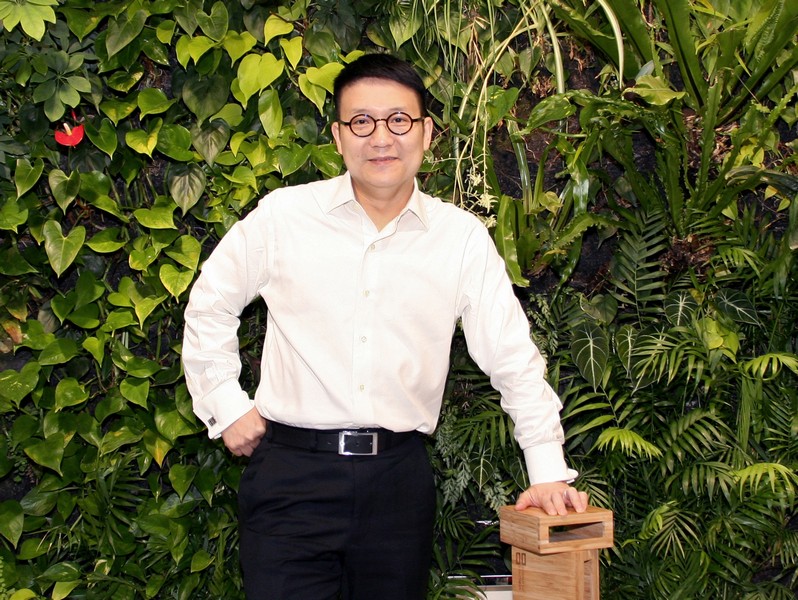 Leung’s work comes at what he calls a vertical as well as a horizontal level. He leads a team that supports him on delivering projects with strong clear emphases on sustainable design, from inception to completion. On a company-wide perspective, there are nine studios with different specialization in architectural, planning and interior design aspects within RLP and each of those studios is represented in a Sustainable Steering Committee that can be used as reference from RLP green office operation to project design review.
Leung’s work comes at what he calls a vertical as well as a horizontal level. He leads a team that supports him on delivering projects with strong clear emphases on sustainable design, from inception to completion. On a company-wide perspective, there are nine studios with different specialization in architectural, planning and interior design aspects within RLP and each of those studios is represented in a Sustainable Steering Committee that can be used as reference from RLP green office operation to project design review.
Leung chairs the committee and uses it to integrate sustainability with design through design commentary at critical project stages. Software applications with the support of in-house building parametric specialist group are being developed to measure green performance and aid design conceptualisation.
But RLP doesn’t exist in a vacuum, and Leung believes government involvement is crucial. Critics and analysts often argue the time for legislation has long passed, but Leung is more empathetic of the politics involved. “The government will play a very important role in mandating certain design performance. But there are different levels in this ball game. The government needs to establish a level playing field and that level needs to rise progressively and predictably, so that the market expects the bar to be raised every three to four years,” he states.
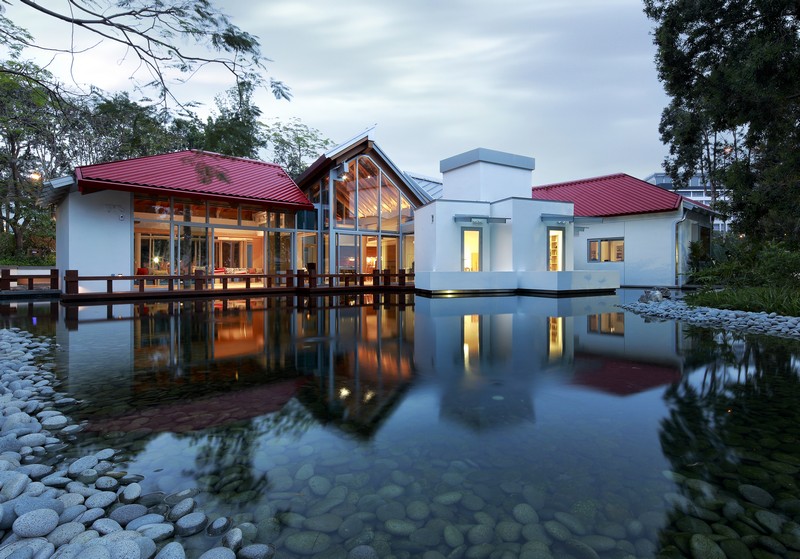 Hong Kong’s Milton Friedman-esque free market needs to change too. Hard-line market supporters will claim it will regulate itself, and that in turn will influence sustainable design in the SAR. The more blue chip tenants demanding green buildings before signing leases the more green buildings there will be.
Hong Kong’s Milton Friedman-esque free market needs to change too. Hard-line market supporters will claim it will regulate itself, and that in turn will influence sustainable design in the SAR. The more blue chip tenants demanding green buildings before signing leases the more green buildings there will be.
“From a practitioner’s point of view we want to do good buildings, but the market knows the value of that, and the public knows how effective they are so they’ll demand it,” Leung continues. “It can’t be done by one firm, it must be a collective effort by the industry — engineers, developers, all the players.”
Some outdated building codes and regulations often get in the way of a developer’s plans to innovate. New design and technologies often get caught up in the red tape of classification and discarded if they do fit an existing model. Leung: “That’s a very complicated issue because it relates to building control for the public good and the Government is accountable. But controls sometimes have been too rigid and stifle innovation. Even when good objectives and alternatives are on the table they’re not willing to make discretion when there is a risk of liability.”
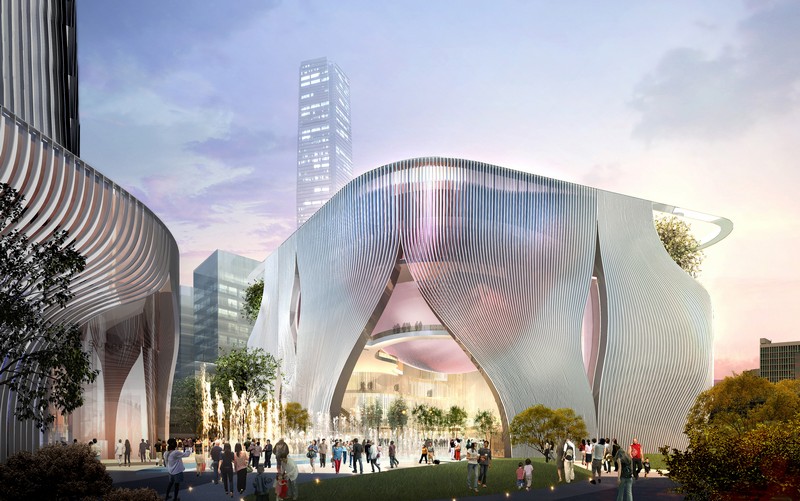 Nonetheless RLP can take credit for shifting standards. Long the go-to firm for building sustainability research, RLP has seen its knowledge trickle down into policy, and received different opinions.
Nonetheless RLP can take credit for shifting standards. Long the go-to firm for building sustainability research, RLP has seen its knowledge trickle down into policy, and received different opinions.
“We take the credit and blame for a number of things,” explains Leung, citing the firm’s recommendations on matters ranging from building permeability to residential building design and construction guidelines, of which there are currently none.
“You may design a residential building with big windows, facing west, with clear glazing without shading in Hong Kong. You can’t do that in China, or Singapore or Australia. But you can do it here. So we looked at how we can improve this situation.” The result was incentivised guidelines for Residential Thermal Transfer Values (RTTV) and natural ventilation design for thermal comfort. The Buildings Department (BD) also took heed of another study overseen by Wong that set down guidelines to avoid wall buildings and to mitigate heat island effect, which eventually developed as the Sustainable Building Design Guidelines by the BD.
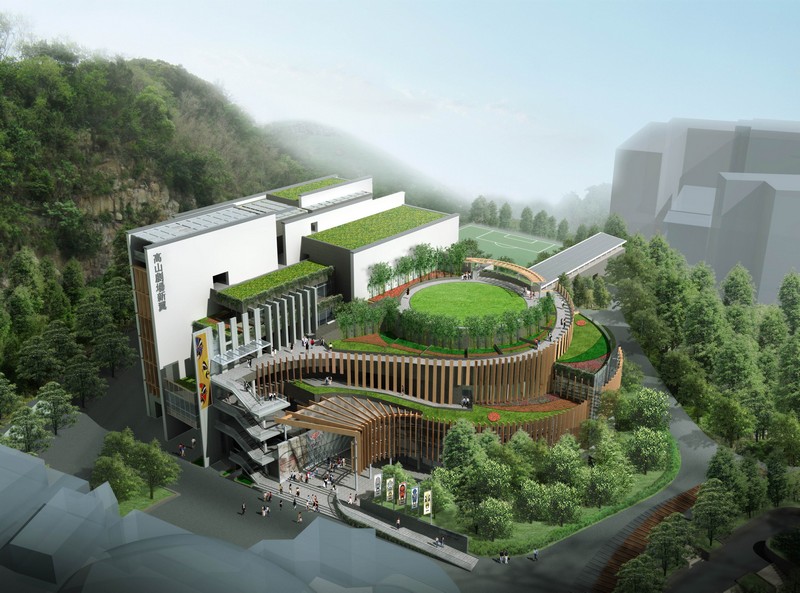 “There have been criticisms on these requirements as either too restrictive / simplistic for the prescriptive ones, or too complicated for the performance-based ones,” notes Leung, admitting that the recommendations would require good balance in design to resolve the multi-facet sustainable design issues. “We don’t have any quick and fast answers for this. In the end all designs are about balance. A good designer will know how to find that balance.”
“There have been criticisms on these requirements as either too restrictive / simplistic for the prescriptive ones, or too complicated for the performance-based ones,” notes Leung, admitting that the recommendations would require good balance in design to resolve the multi-facet sustainable design issues. “We don’t have any quick and fast answers for this. In the end all designs are about balance. A good designer will know how to find that balance.”
Most of the new guidelines have been in place for two years and projects built to those specifications should be entering the market soon.
A significant tool all architects work with now are certification schemes — LEED, BEAM Plus, the UK-based BREEAM, China’s star system — that are increasingly utilised at the design stage. RLP does stay up to date with changes in each system, and Leung is a firm believer in localised systems, but he sees them as marketing tools: those blue chip companies look for those certifications. However Hong Kong is in desperate need of something akin to the National Australian Built Environment Rating System (NABERS). LEED and its ilk are often perceived as performance ratings and, “When you say performance we need to differentiate between design performance and actual performance,” cautions Leung. New guidelines will affect construction in the future, but the 40,000 buildings already standing are consuming massive resources. “NABERS [rates] actual performance and this is something very much needed in Hong Kong because of all the existing buildings … If we really want to tackle the sustainable design problem, this is the key.”
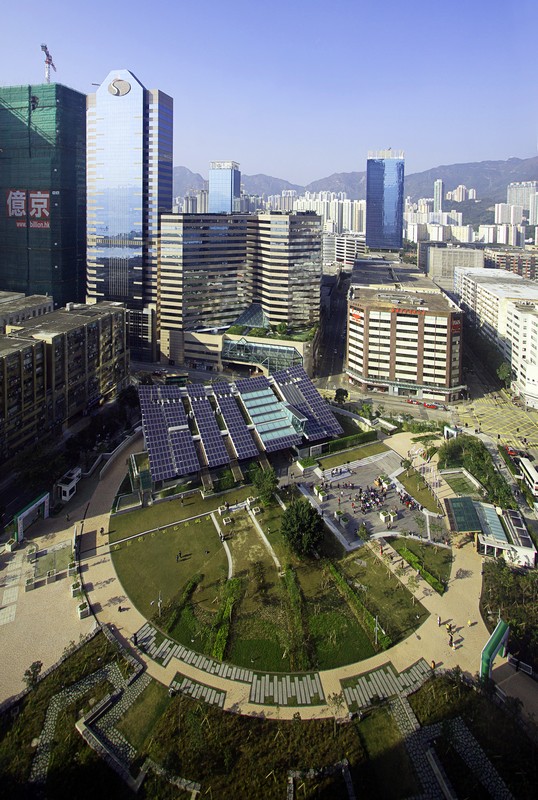 To that end, RLP’s involvement in Kowloon Bay’s Zero Carbon Building has proven itself an excellent learning tool. The biggest lesson learnt so far is that the human factor has a far bigger impact on a building’s performance than predicted.
To that end, RLP’s involvement in Kowloon Bay’s Zero Carbon Building has proven itself an excellent learning tool. The biggest lesson learnt so far is that the human factor has a far bigger impact on a building’s performance than predicted.
Innovative tech is exciting for designers but less so for users and any green system needs to be adaptable as different users come and go. Leung didn’t get instant carbon neutrality but neither did he expect it.
The building is currently entrenched in its first-year learning curve and should pay dividends soon. “For example, the biofuel system — the waste to energy — operates by supplying air conditioning, heat and electricity. It hasn’t run for that long, we switched it off in the winter,” says Leung.
“We’re expecting some reductions in the carbon footprint now. But I would be very surprised, and would really be looking into the lessons learnt, if we didn’t achieve zero carbon in two years.”
A number of green RLP structures will be ready in the coming months and years, including theatres, a university campus and residential project at Kai Tak developed with the Urban Renewal Authority aiming for BEAM Plus’s highest rating. But beyond simply sustainable building, “It’s about place-making. You need to build a community and support a sustainable way of life,” finishes Leung.
“We encourage clients to envisage how they may change their way of working or living … and encourage a cultural shift to the benefit of the environment. It’s not about building science alone.”












